3.11 Reentry Tachycardia
AV Nodal Reentry Tachycardia (Slow–Fast Type)
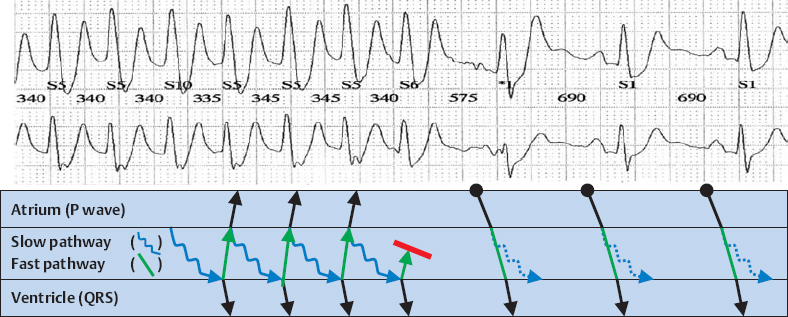
AV Nodal Reentry Tachycardia (Slow–Fast Type)
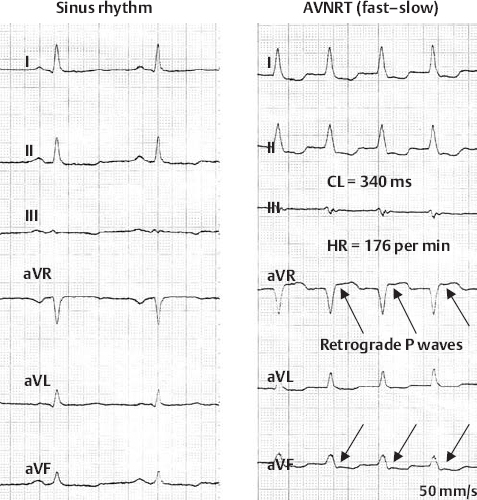
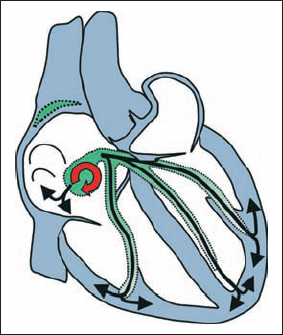
AV Nodal Reentry Tachycardia (Slow–Fast Type)
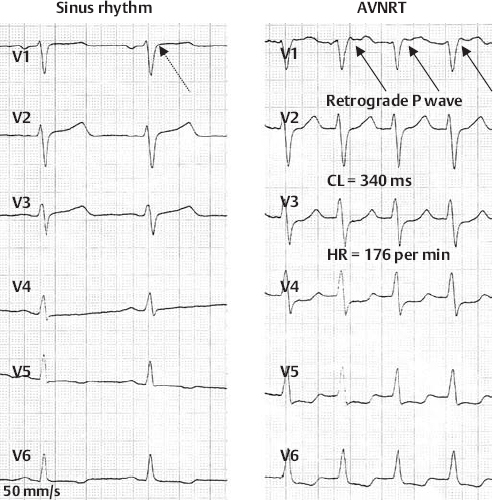
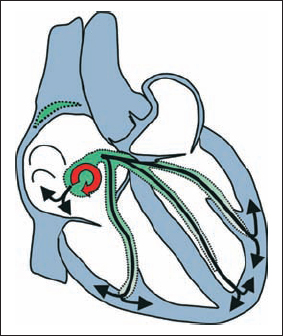
AV Nodal Reentry Tachycardia (Slow–Fast Type) With Left Bundle Branch Block
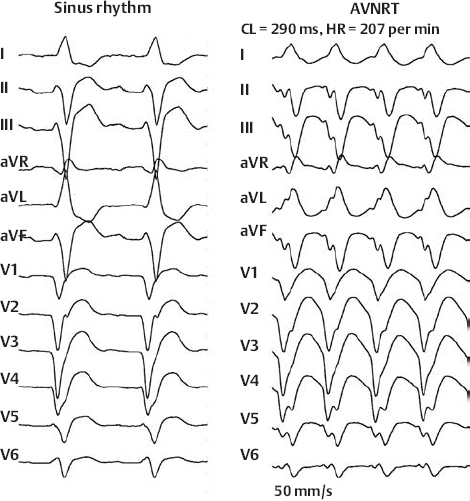
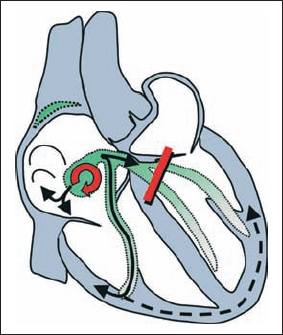
AV Nodal Reentry Tachycardia (Fast–Slow Type)
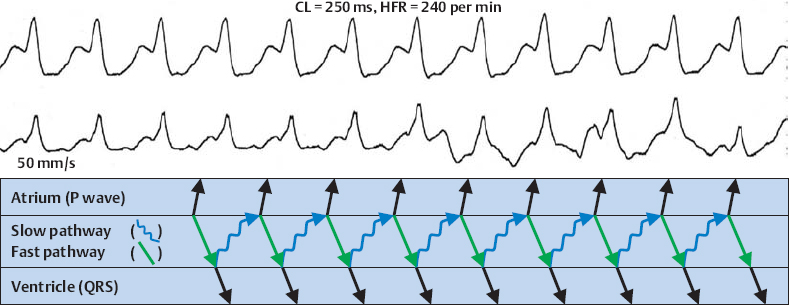
Orthodromic WPW Reentry Tachycardia With Nonconcealed WPW Syndrome
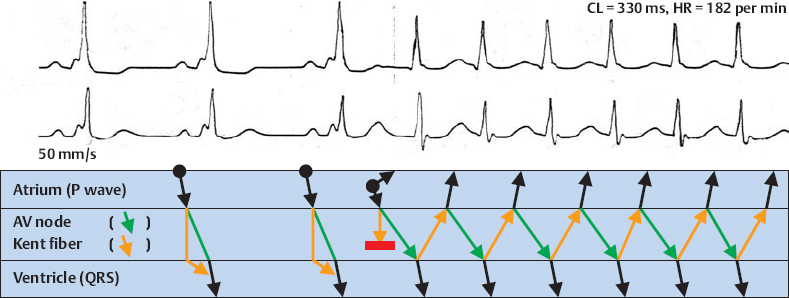
Stay updated, free articles. Join our Telegram channel

Full access? Get Clinical Tree


